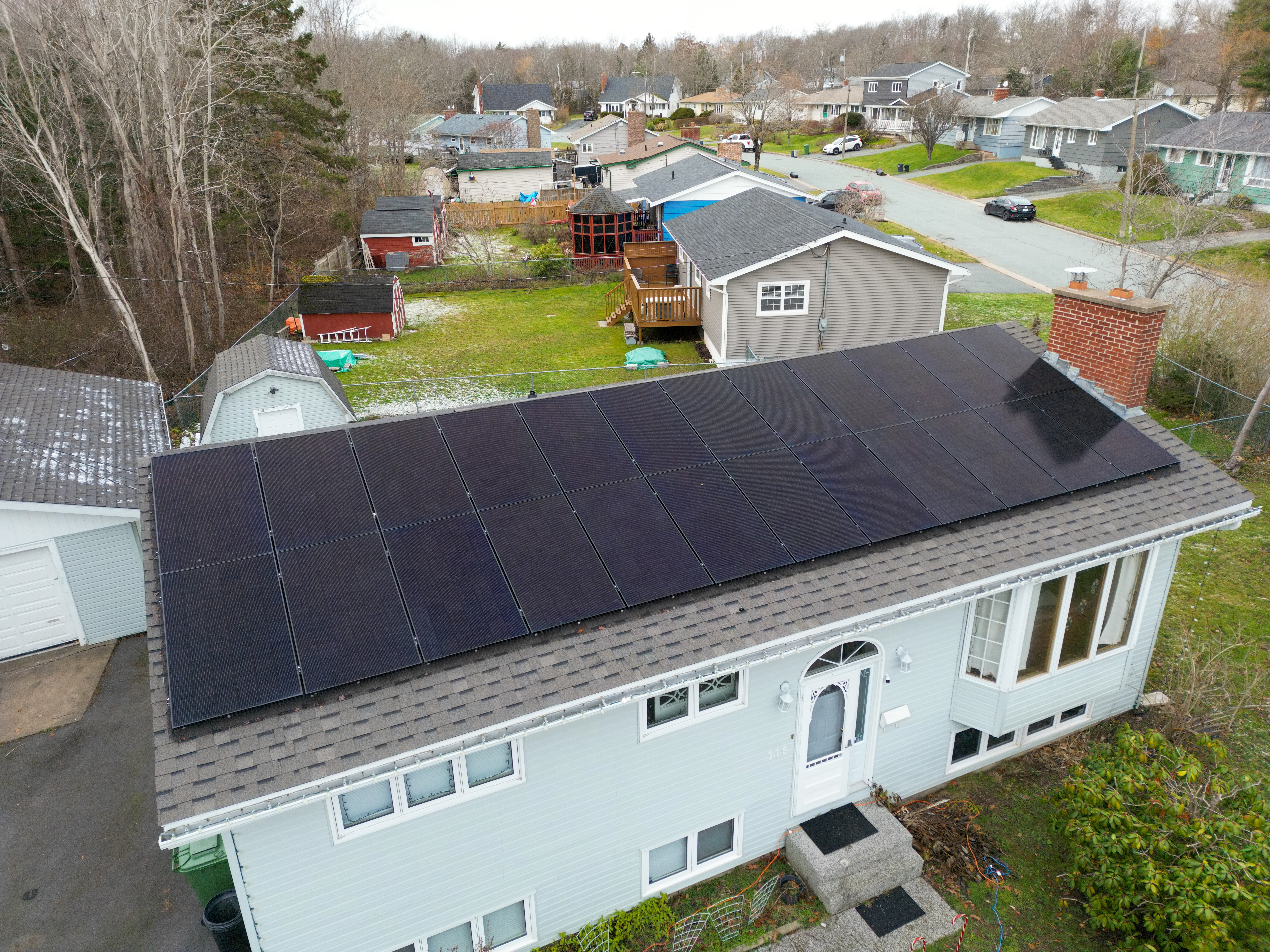Saving with Solar
As of this writing, inflation in Canada is at 7.6%. Certainly a case can be made that this is due to the ongoing effects of the Covid 19 pandemic, which shut down supply chains across the world. China’s especially austere reaction to outbreaks – shutting down entire cities – further exacerbates their attempts to invigorate their economy. Although this will likely end, and supply will eventually increase to match demand, inflation will wreak havoc in the meantime.
Even before the 2022 spike in inflation, the costs of the fuel used to generate Canadian electricity increased 30% in the past ten years. This has an especially difficult impact on Atlantic Canada, which pays 30% more for its electricity than neighboring provinces. Atlantic Canada is paying 30% more for its electricity than the 6 most populous provinces (Alberta, British Columbia, Manitoba, Ontario, Quebec, and Saskatchewan), 53% more than neighboring provinces Ontario and Quebec, and 97% more than Quebec.
Compounding these increases are the costs to heat the home. Heating oil prices are up 140% in the past year. And so are natural gas prices – up 140% as well. And that is before the Russian/Ukraine war reduced the global availability of heating oil and natural gas.
So it isn’t surprising that, according to one study, by far the number one reason for installing solar is to reduce energy costs[1]. 67% of solar customers said that reducing energy costs is the most important benefit to installing solar. The next highest response – Generating Renewable Energy – was from only 13% of customers.
How does Solar save money?
Solar installations are designed to match the yearly power used by a home (based on the homeowner’s utility bill). The intent is to replace the payment made to the utility with a payment made to a financial institution. A $200/month power bill is eliminated and replaced by a $200/month financing bill. So a solar customer is immediately protected from inflation; their cost of power is effectively what it was the day they went solar. Then, after the financing is paid off, the power generated by a solar array is free. Since a solar system is built to last – most are warrantied to 25 years but last up to 35 years – those savings add up.
Consider a system that requires a ten-year loan with a payment of $200/month. Remember, systems are designed to match the cost of power generated by a utility; the $200/month isn’t an extra payment, it’s a payment to a different vendor. Before the loan is paid off, insulation against inflation will save $1,700 during the life of the loan. Then, using the warrantied life of a system, that array will save the customer $36,000 after the loan is paid off. Using a 35-year life, the savings would be $60,000.
A solar company that stocks materials locally also saves a homeowner time. Many solar companies rely on a just-in-time inventory process to keep their storage costs low. This is a high wire act that can be thrown off by the slightest imbalance – like a global pandemic that results in materials stuck in overseas warehouses, or on ships waiting to be unloaded on North America’s west coast. Companies that maintain a local inventory of solar array materials can install up to 5 times faster than the just-in-time model. Time is money.
[1] “Solar Market Research Final Report”, Energy Trust of Oregon, 2/4/15, https://www.energytrust.org/wp-content/uploads/2016/12/Solar_Market_Research_Report_wSR.pdf



